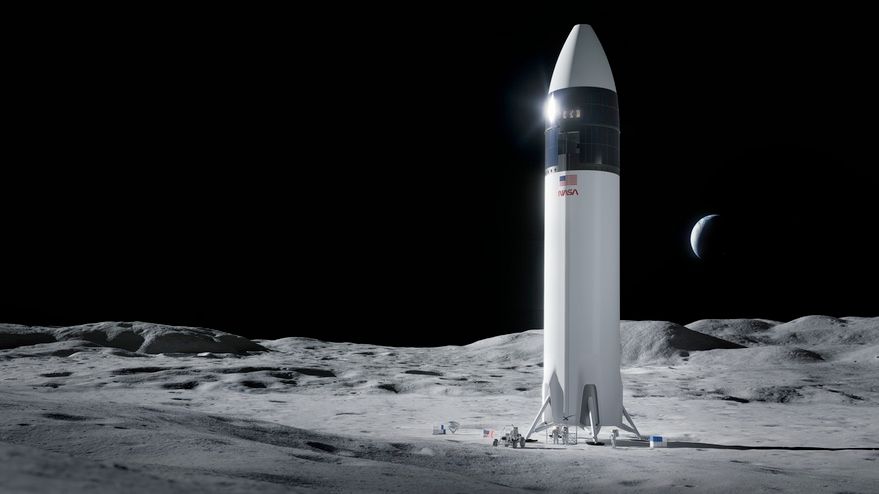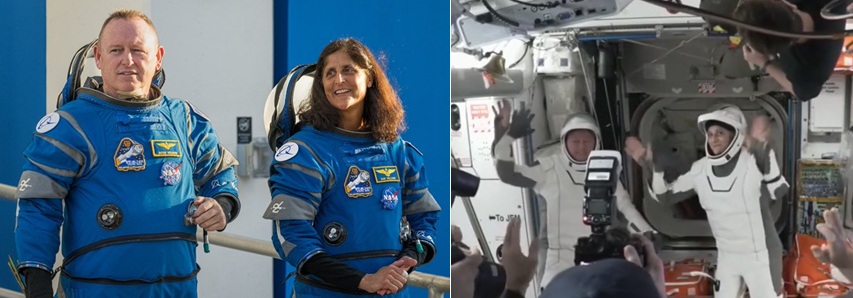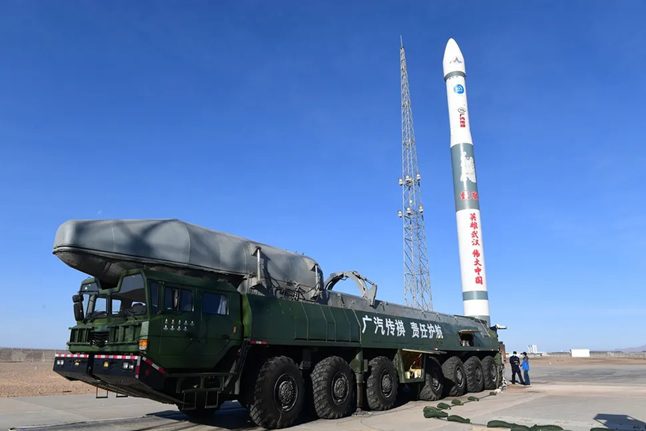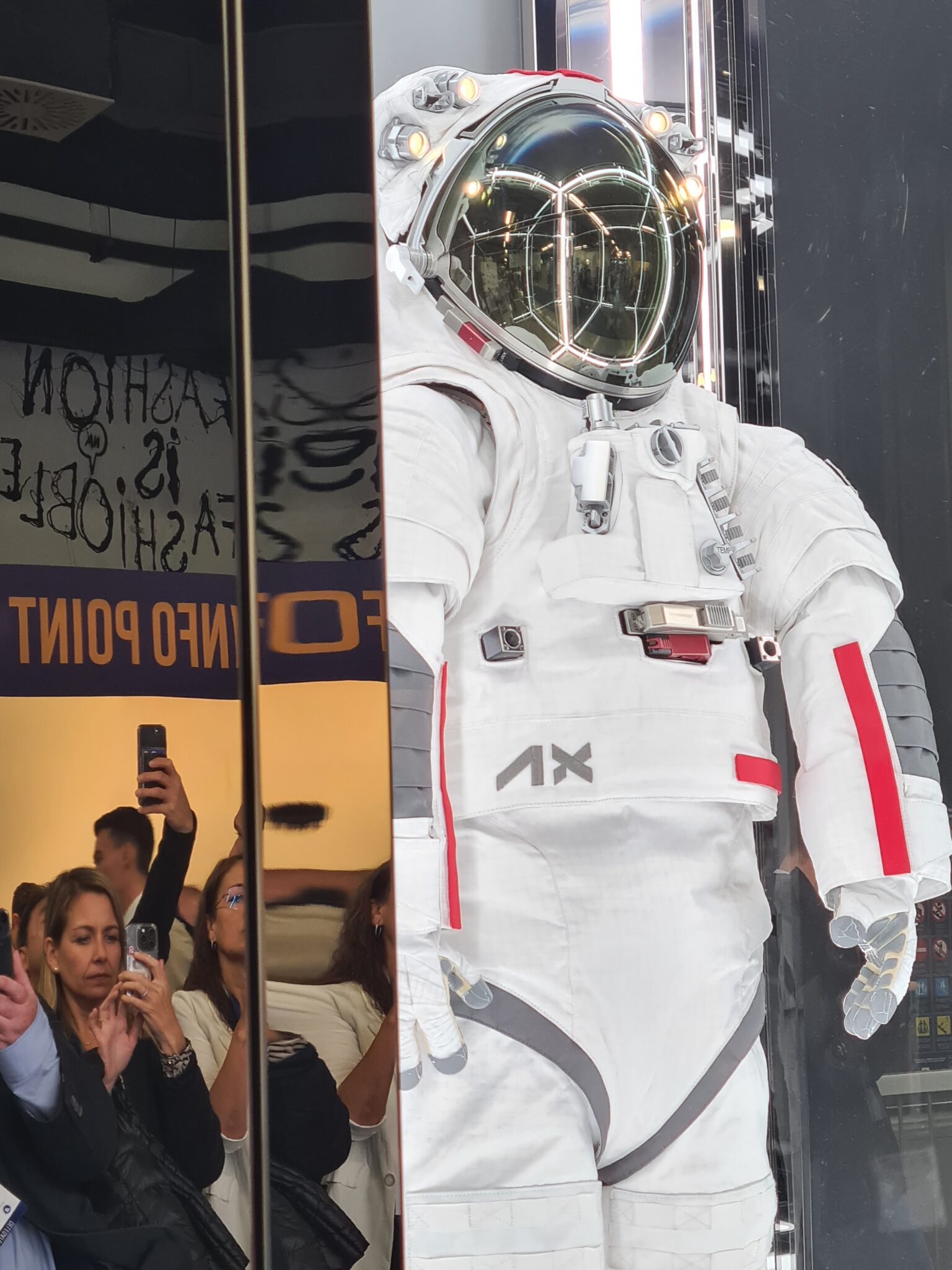Low Earth orbit tourism and NASA’s Commercial Orbital Transportation Services (COTS) demonstration programme are not obviously linked but the intentions of one of COTS participants, California based-Space Exploration Technologies, could see commercial human spaceflight actually emerge from a government programme sometime in the next decade.
Meanwhile the privately funded efforts of Virgin Galactic appear to make head way with offers of suborbital flights earlier than anything conceived by SpaceX, yet can it become another route to realising low cost mass access to LEO and beyond? In this marathon race who is the hare and who is the tortoise?For now it is Russia that has been taking one “spaceflight participant”, as some of these tourists like to be known, per year for something like $20 million, to the International Space Station (ISS).
Its transportation system, the Soyuz rocket and capsule, however, are government systems built by companies that are wholly or partially state owned.
The opportunities for seats private customers can take up are dictated by the Russian government’s needs in relation to its exploitation of ISS and its deals with its station partners.
But there are a number of companies making claims for developing commercial manned systems, from SpaceX and its COTS supported Falcon 9 launched Dragon capsule through to Spacedev’s Dream Chaser lifting body vehicle, which it is proposed would be launched by a Lockheed Martin Atlas V.
While Dream Chaser’s development requires private financing to be found SpaceX already has funding in place for Dragon and as a COTS participant is gaining matching NASA funds to augment its own spending.
SpaceX has been in competition with Oklahoma’s Rocketplane Kistler for the COTS prize of an ISS re-supply contract following demonstration of a cargo transportation system by 2010.
However financial and technical hold ups for RpK mean it is expected to be ejected from COTS formally next week.
What NASA does with the funds it would have matched with RpK the US space agency is not discussing now but what is key is that SpaceX believes it has the funding in place to demonstrate cargo transportation by 2010.
Launched from Cape Canaveral’s pad 40 the Falcon 9 will send the Dragon capsule to the ISS on its third test flight in 2009.
Cargo may not seem a sufficient qualification for becoming a manned vehicle but the requirements for docking with the ISS and the manual transfer of its cargo into the ISS by astronauts and cosmonauts mean that such cargo vehicles do have to have a high standard of reliability and integrity.
The European Space Agency makes great play of the near-man rated qualifications of its Automated Transfer Vehicle supply ship, which may launch next year.
And SpaceX wants to demonstrate that its Dragon capsule is capable of being man-rated despite its three COTS demonstration flights being aimed at cargo delivery.
All three of the flights will see the Dragon vehicle return to the Earth, landing in the Pacific ocean off of the coast of California with a re-entry and descent profile that is human passenger friendly.
The buoyant capsule will be steerable during re-entry and for its parachute phase so it can land in a specific area. That area is small enough for it to be located and picked up by a small recovery vessel, which is being paid for by the combined SpaceX/NASA funds for the flights.
If SpaceX succeeds it could be in line to progress with NASA’s next stage for COTS, crew transportation.
At that point there is a distinct possibility of SpaceX being ready to deliver private customers to the orbiting space complexes being developed now by Bigelow Aerospace.
But that Nevada based company has recently made statements expressing concern about the launcher infrastructure being there in time for its now accelerated business plan that was unveiled last April.
Back in April the company’s founder Robert Bigelow explained that he wanted to offer real estate in orbit by 2012. However he was less clear about who would provide the transportation system or the capsules he intends his own private astronaut corps would fly.
He has had discussions with Lockheed about using that company’s Atlas V rocket but where the passenger carrying capsule comes from is a bit of a mystery. And in August the 2012 schedule was scrapped for an accelerated version, the dates for which have not been made clear. And the same problem remains, who gets the customers to the orbiting modules, whether it is 2009 or 2012?
Whether Bigelow has a place in space but no way to get customers there come the next decade or SpaceX has a man-rated transportation system but no space hotels for that elite clientele is a future few would try to predict.
So are SpaceX and Bigelow complimentary hares or can another approach win through?
Read the second part tomorrow (Tuesday 2 October)








